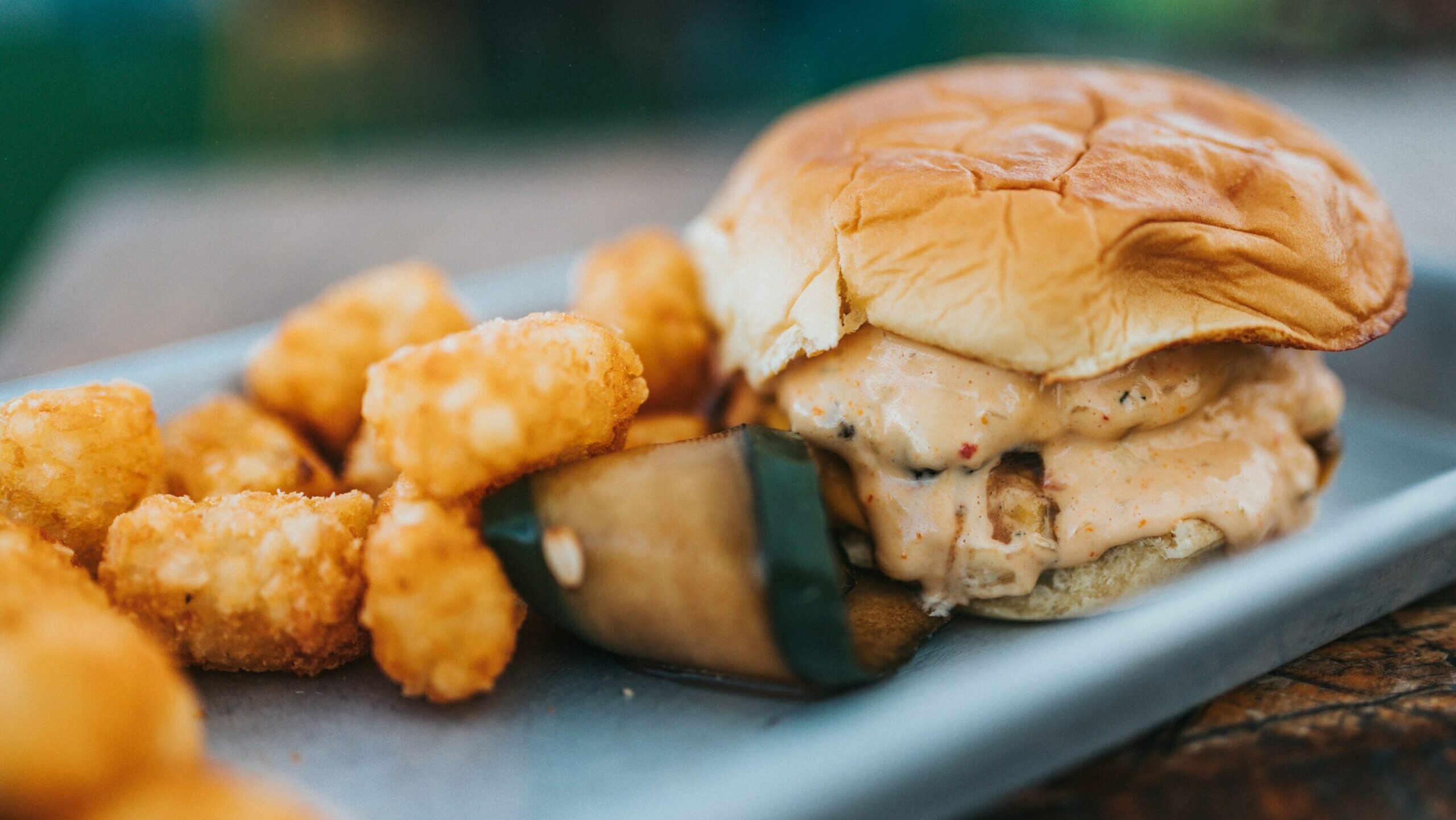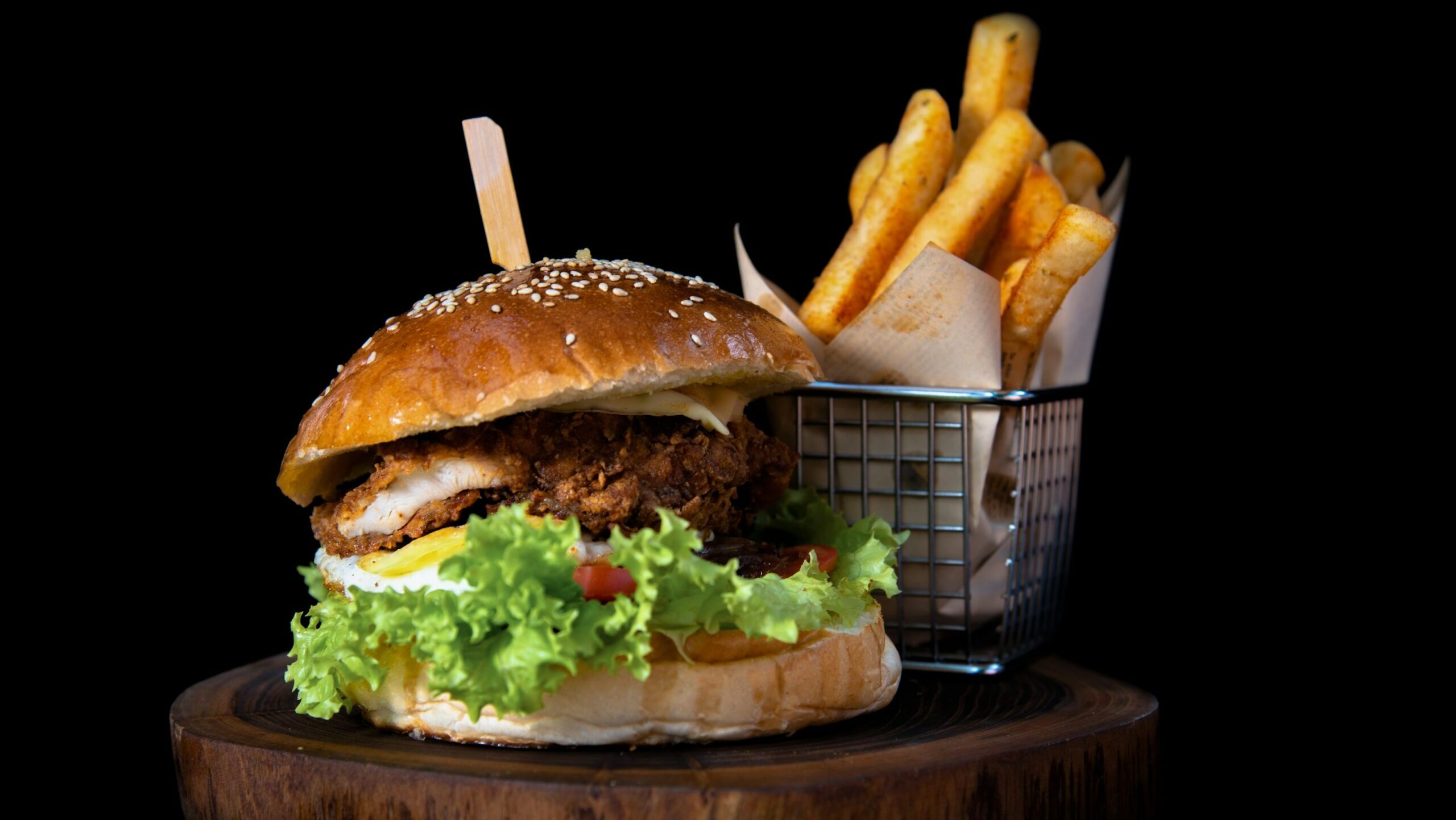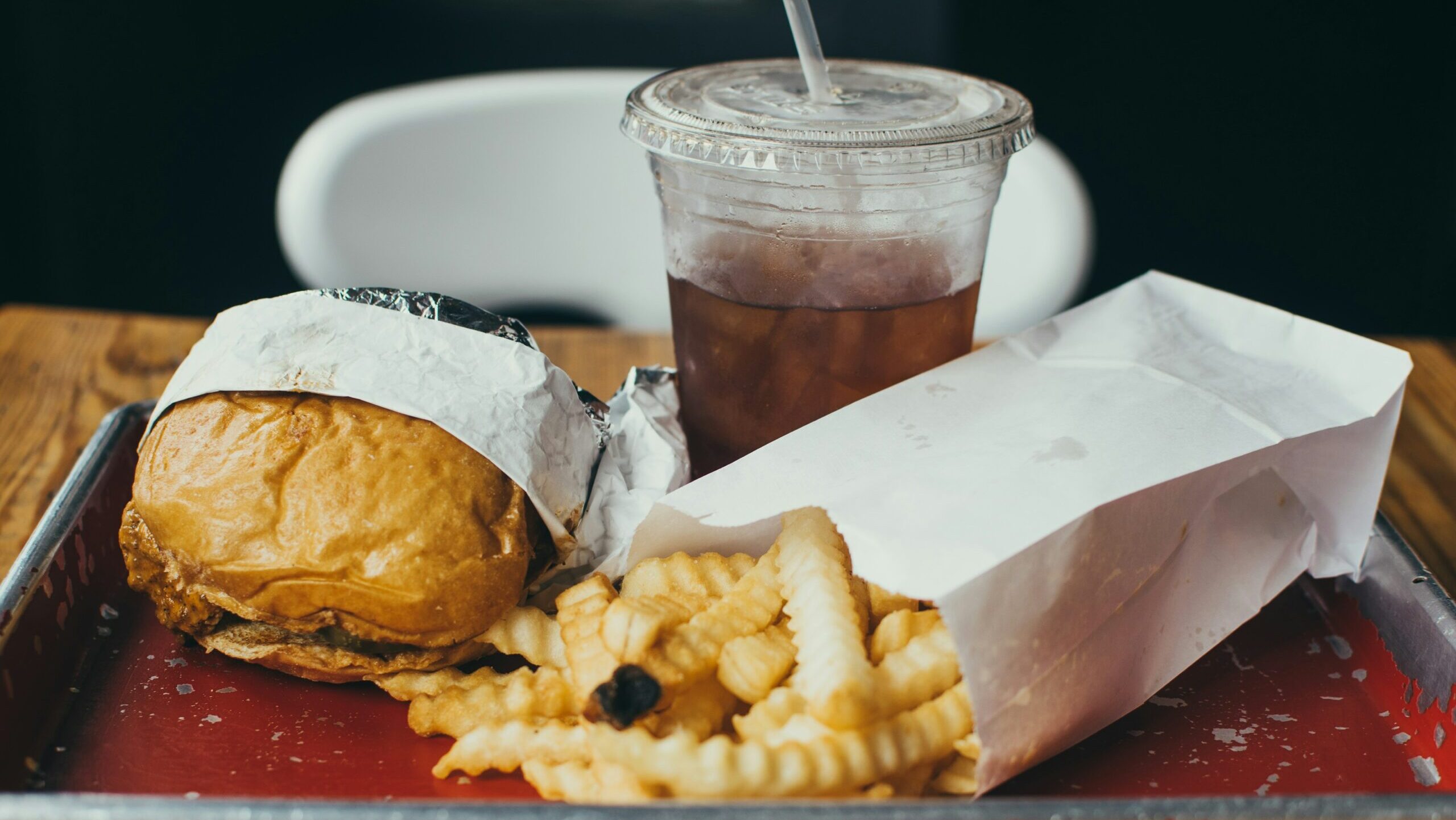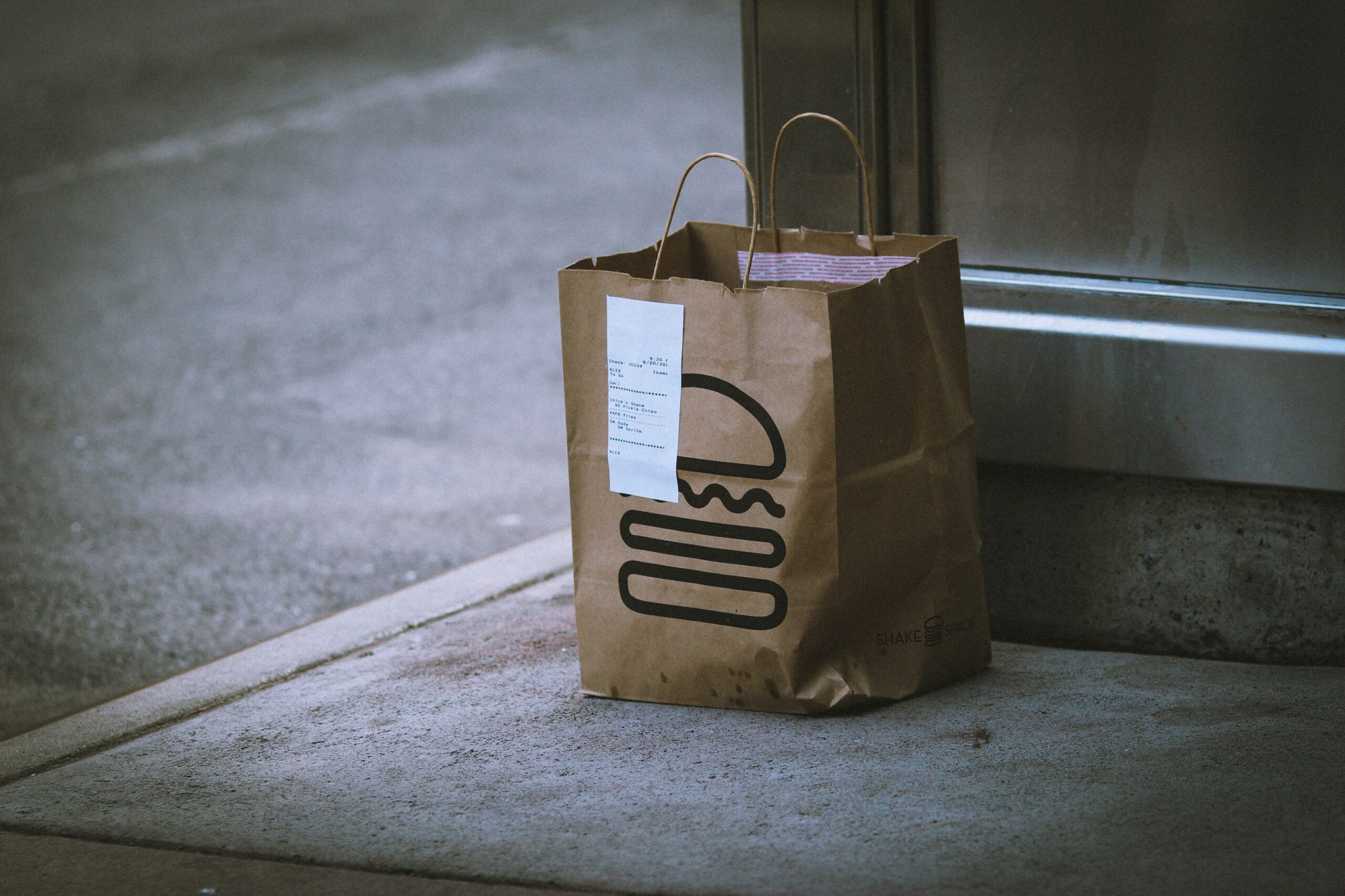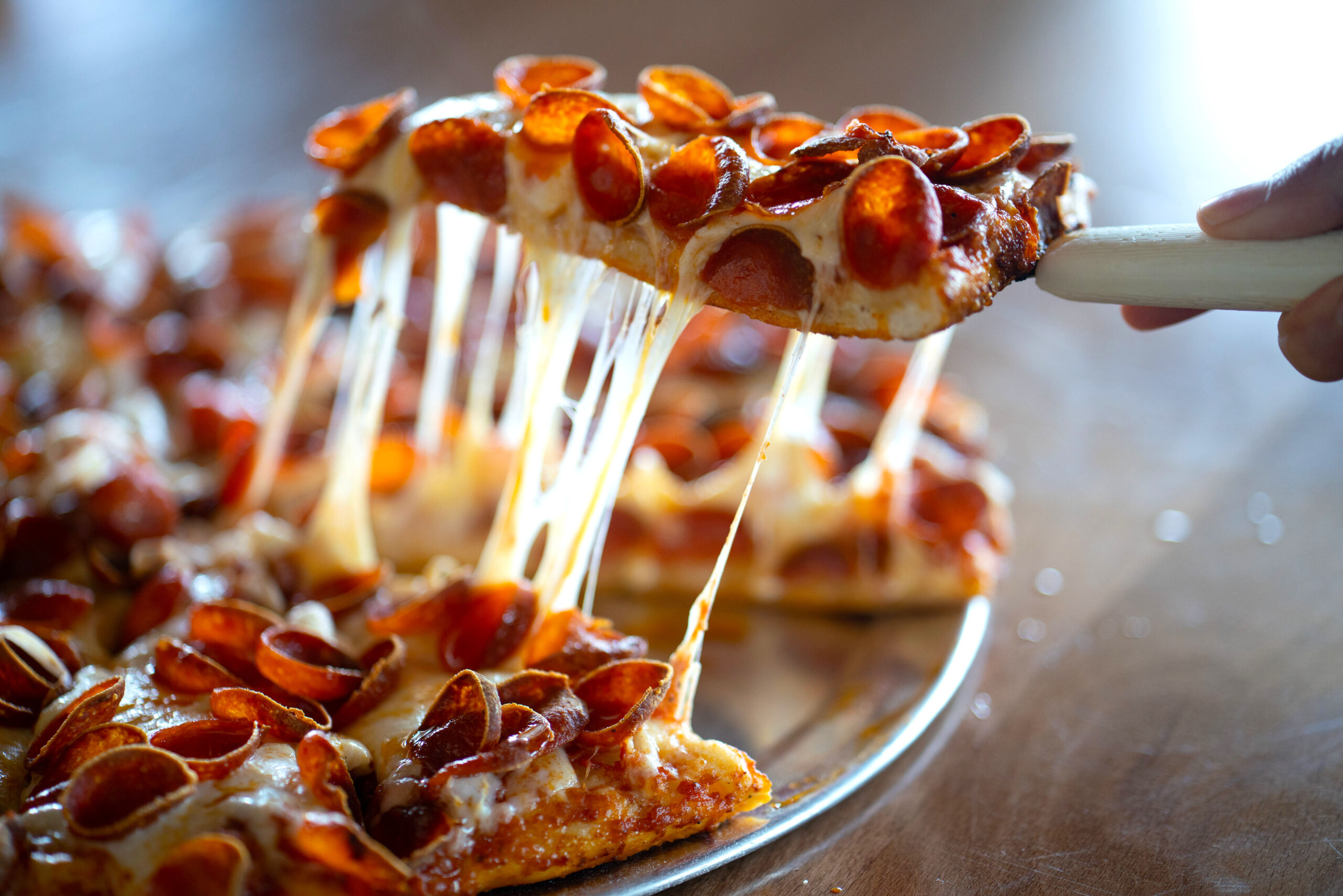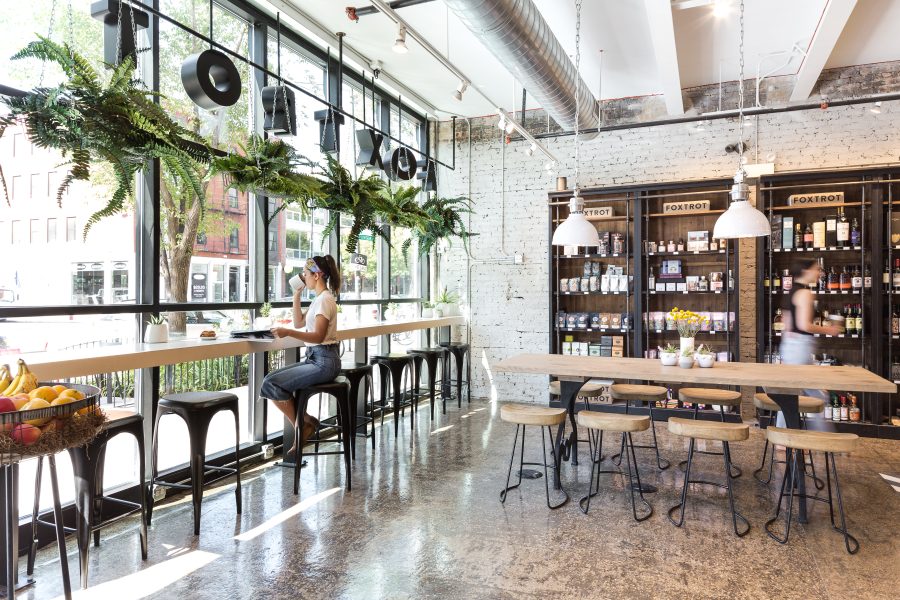Pizza chain Papa Johns has mounted a charge during the pandemic, leading to plans to open as many as 1,800 new locations worldwide by 2025.
“Our outlook for developing new stores and introducing more customers to Papa Johns is accelerating for several reasons,” said Amanda Clark, the chain’s chief international and development officer, in a statement to The Food Institute on Monday. Included in that list, Clark noted, is how Papa Johns is “closely focused on our strategy to make it easy for potential franchise partners to say yes to developing with Papa Johns by having a quicker payback model than many QSR brands.”
Other industry insiders credit the chain’s success to a number of factors: outperforming its two main rivals, Domino’s and Pizza Hut; maintaining competitive pricing; embracing aggregate delivery services during the pandemic’s driver shortages; and the uptick in pandemic-era large-size pizza consumption, reported Restaurant Business (May 5).
The Louisville, Kentucky-based pizza chain (which, incidentally, dropped the apostrophe from its name late last year) had a 1.9% domestic same-store sales growth in the first quarter this year. That follows record sales during the same period last year, amounting to 28.1% same-store sales growth on a two-year basis, Restaurant Business noted.
In a statement, Papa Johns CEO Rob Lynch attributed the high performance to the chain’s New York-style pizza, saying customers like the larger slices. He said Epic Stuffed Crust pizza remains popular, too.
THIRD-PARTY DELIVERY KEY
Papa Johns’ existing deals with third-party delivery providers helped the company outperform its two major pizza-delivery rivals, Pizza Hut and Domino’s, although it warned customers of certain shortages caused by supply-chain issues and a shortage of drivers earlier in the pandemic, Restaurant Business reported.
“Aggregators provide another channel to meet customers where they are, not to mention providing delivery help during peak times,” Lynch said, regarding the company’s first-quarter earnings. “Their marketplaces have become important places for consumers to discover brands.”
Papa Johns collaborated with GrubHub and DoorDash. QRS Magazine reported that, as the result of partnering with DoorDash, in 2020 alone Papa Johns saw growth from these deliveries increase by a factor of over three times.
In a CNBC interview, Lynch said that, unlike competitors, Papa Johns views food delivery apps as an opportunity, noting: “Disruption obviously creates opportunity for those willing to dive in.”
Pricing appears to have helped the pizza chain’s sales performance, too. The company raised prices 7% during inflation, and Lynch said it “marginally impacted transactions”—but added the company has not raised prices in the past and continues to have “price flexibility,” Restaurant Business reported.
REBRANDING HITS HIGH GEAR
Papa Johns operates more than 5,500 locations worldwide, 3,354 of which are in the U.S. The chain took a major PR hit in 2018, due to well-documented racially insensitive remarks made by former CEO John Schnatter (as noted by Forbes), but its business has gathered consistent momentum recently.
In November 2021, Papa Johns announced a new restaurant design, logo and brand identity. The chain said in a press release that it was redesigning its stores to provide customers with better pick-up options, via drive-thru, “drive-up pick up,” and inside at pick-up counters that now include a self-service option to allow customers to grab their orders without waiting in line.
“Last fall, our franchisees saw Papa Johns announce our largest domestic deal ever – a partnership with Sun Holdings, a leading franchisee operator, to open 100 stores across Texas, Clark told The Food Institute. “Then, only a few months later, we announced the largest master franchise deal in the pizza industry in recent years – an agreement with FountainVest Partners to open more than 1,350 stores in China.
“When our franchisees hear about these announcements,” Clark added, “it reinforces to them that Papa Johns is on a path of success. …”
Editor’s note: Additional reporting by The Food Institute’s Kelly Beaton.






